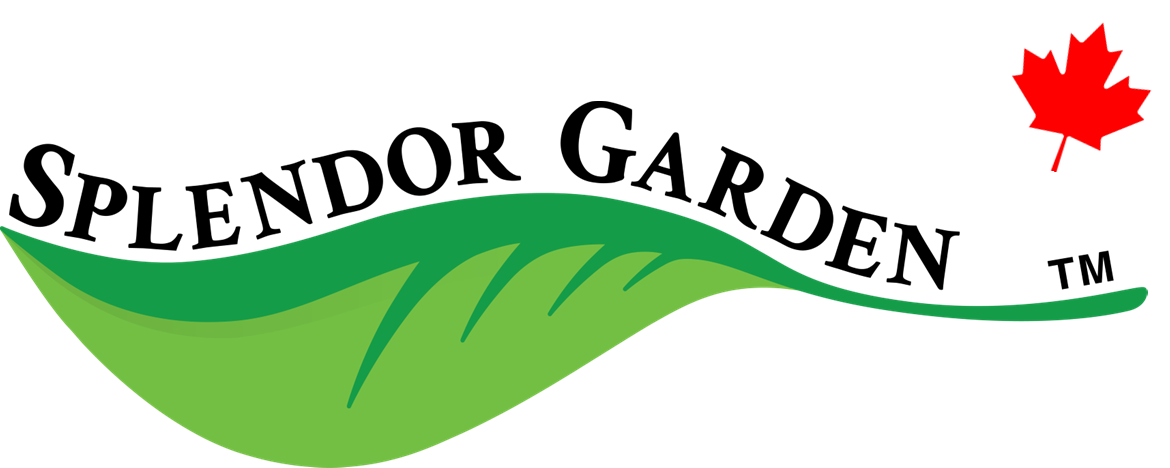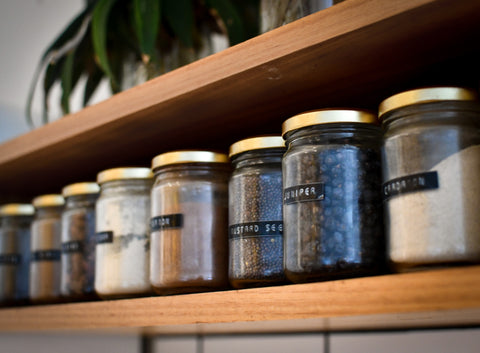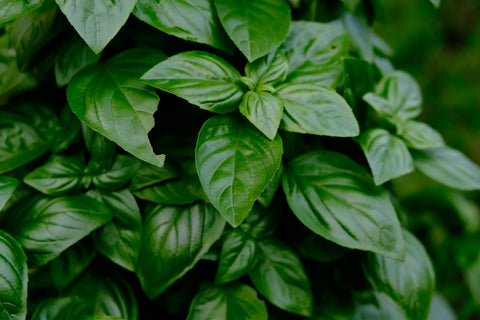There is sodium, and then there is salt. They are not quite the same thing.
So is Salt the same thing as Sodium? No. Salt contains sodium. Salt by weight is about 40% sodium and 60% chloride.
Sodium is a micro nutrient so you need it, but you need it in the correct amount. Sodium is an electrolyte, which helps the body balance fluids.
Salt is the combination of two minerals: sodium and chloride. This means when sodium is added to manufactured foods without chloride you cannot taste the sodium. Salts come in variety of different sources such as: table salt, pink Himalayan, or sea salt. They each have different amounts of trace minerals.
Do I need Sodium? Yes everyone needs some sodium, however people tend to over consume it. Sodium is an electrolyte like potassium and helps regulate water in your body. Having too low of an intake of sodium leads to hyponatremia, while having too high of an intake can increase blood pressure. Genetics can set the stage for high blood pressure; however excessive intake of sodium exacerbates the condition.
How much sodium is in my Salt?
-
1/4 teaspoon salt = 575 mg sodium
-
1/2 teaspoon salt = 1,150 mg sodium
-
3/4 teaspoon salt = 1,725 mg sodium
-
1 teaspoon salt = 2,300 mg sodium


Health Canada recommends you consume 1000-1500 mg of sodium per day. Which is less than 1 teaspoon of salt per day.
But, How Much Sodium do I Need?
Health Canada recommends you consume 1000 – 1500 mg of sodium per day. Most people tend to over consume sodium, but not necessarily salt. Here are some unexpected sources of sodium to watch for while reading labels.
- Disodium guanylate (GMP)
- Disodium inosinate (IMP)
- Monosodium glutamate (MSG)
- Sodium bicarbonate
- Sodium nitrate
- Sodium citrate
- Sodium chloride
- Sodium diacetate
- Sodium erythorbate
- Sodium glutamate
- Sodium lactate
- Sodium lauryl Sulfate
- Sodium metabisulfite
- Sodium phosphate
- Trisodium phosphate
How can I make sure I am consuming the correct amount of sodium?
Reduce processed foods. Eat more whole foods. It really can be that simple the more processed foods in your diet the harder it is control sources of sodium.
Salt can be added during food manufacturing and the components are not required to be listed on the food ingredients label. As explained by the Canadian Food Inspection Agency, our food regulating body in Canada, “When used as an ingredient in the manufacture of a food product, the components of salt are not required to appear in the list of ingredients [B.01.009(1), item 20, FDR].”
Are all sources of sodium in foods from processing? No. Sodium occurs naturally in plenty of whole foods such as fresh garlic, onion, or celery, but the amounts of sodium will be much less than the amounts contained in processed foods. Using the label of food it can be really difficult to discern whether the sodium on the label is naturally occurring or if it is added sodium.

There is 1 mg of Sodium in one fresh garlic clove
What foods contain the most Sodium?
The worst offenders for sodium are probably in your house. The Salty 6 is a great start to looking at what food items you consume regularly. Do you know how much sodium is contained in your slice of toast? Have you ever compared it to another brand?

How else can I reduce my Sodium intake?
Other sneaky sources of sodium can be in condiments such as Barbecue Sauce or pre-made sauces. Try making your sauces from scratch or skip the sauce and try using fresh herbs and spices for flavour.


